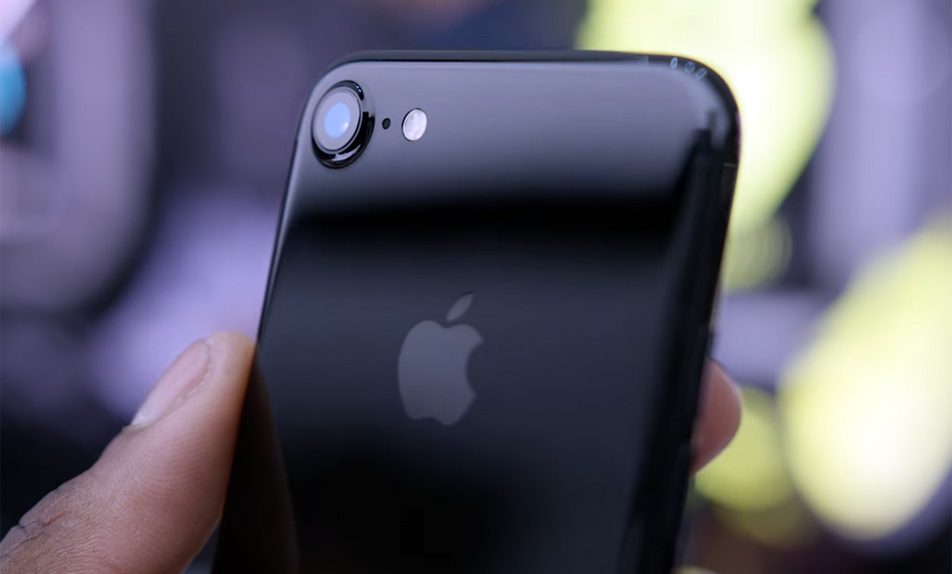With 2016 marking the first time that Apple saw iPhone sales trend downwards, many pundits were quick to view this particular data point as proof positive that Apple’s iconic smartphone had finally peaked.
This narrative only picked up steam in the weeks leading up to and the days following Apple’s iPhone 7 introduction. After all, the iPhone 7 didn’t introduce a revolutionary new feature or even a new form factor. And to top it all off, Apple’s next-gen smartphone didn’t feature a 3.5mm headphone jack, a design decision that some believed would turn off a good percentage of prospective buyers.
DON’T MISS: 10 great iOS 10 widgets that should be on every iPhone
Now that we’re a good three months removed from the iPhone 7’s release date, it’s clear that all of the hoopla and controversy surrounding the disappearing headphone jack was largely overblown.
According to recent sales data from Kantar Worldpanel ComTech, year over year iOS growth in the US checked in at 7%, largely driven by higher than anticipated demand for the iPhone 7 and iPhone 7 Plus. Indeed, you might recall that even Apple was somewhat surprised by stronger than expected demand for the iPhone 7 Plus, resulting in widespread shortages during the first few weeks following the device’s release.
Kantar’s press release reads in part:
In the US, iOS grew 7 percentage points year-over-year, from 33.5% of smartphone sales to 40.5% in the three months ending October 2016. This represents the strongest rate of growth for the OS in more than two years, as well as the highest share seen since the three months ending January 2015 (42.8%). And while Android remains the dominant OS in the US, at 57.9% of smartphone sales, this latest data represents the 5th consecutive year-on-year period decline.
Also notable is that the iPhone 7 was the top-selling smartphone in the United States from August through September with a 10.6% share, an impressive feat given that the device was only available for 7 weeks during that 12 week time frame. Incidentally, the iPhone 7 Plus was the fourth most popular device with a 5.3% share.
Inevitably, iPhone sales will reach a peak, but with the iPhone 7 being the surprise hit that it is and the iPhone 8 likely to shatter any number of sales records, that day likely won’t be happening anytime soon.








